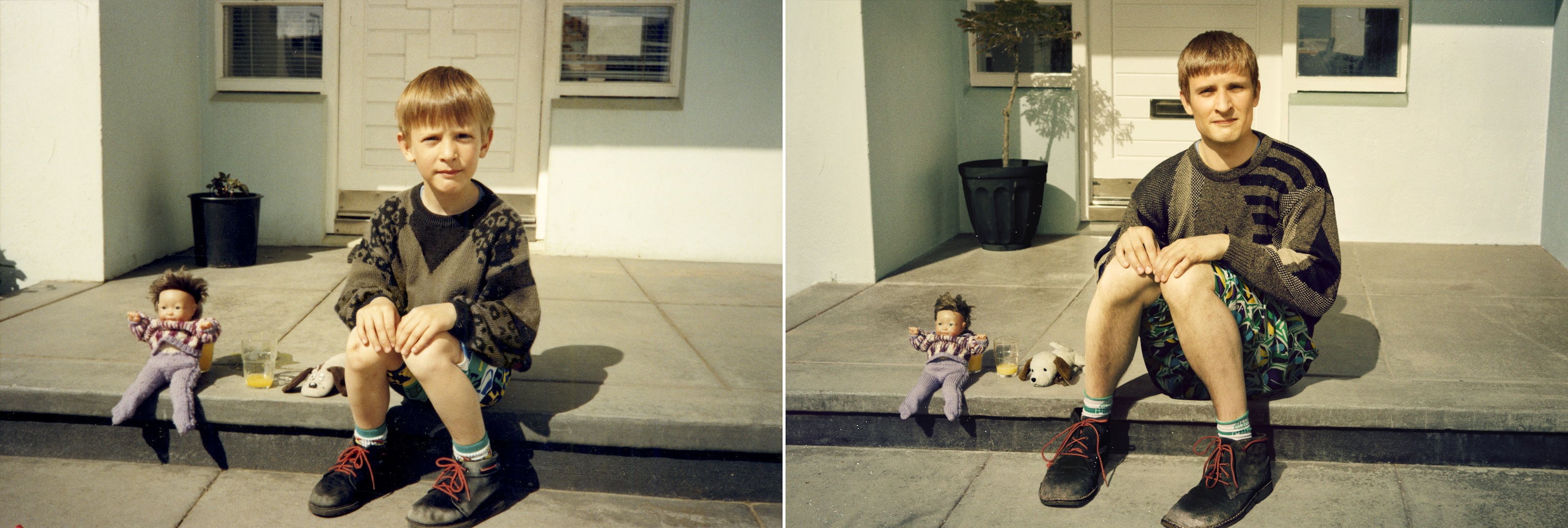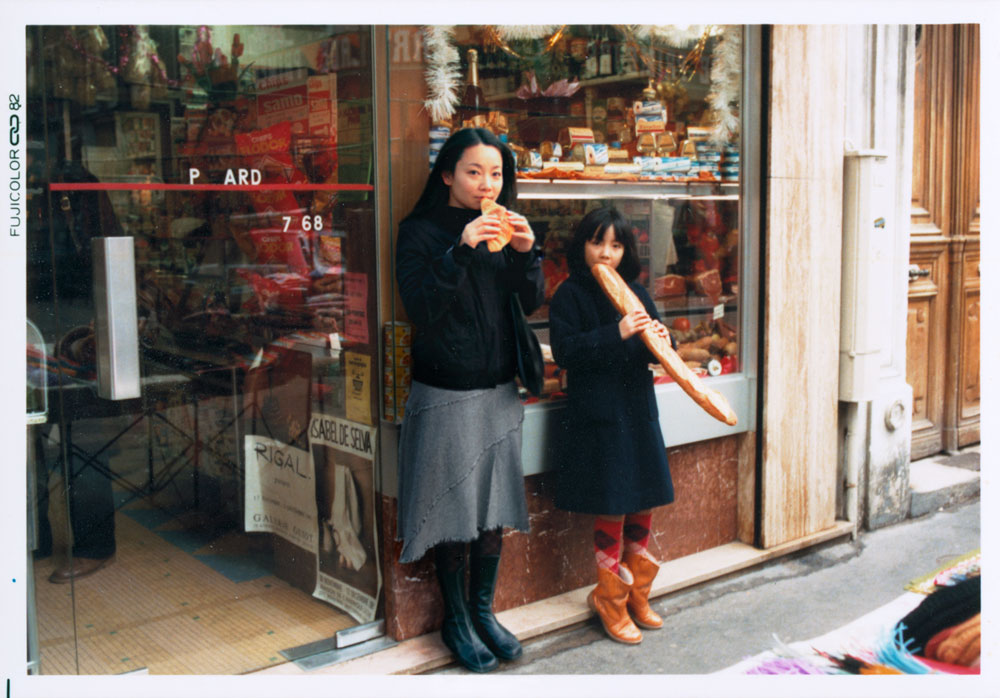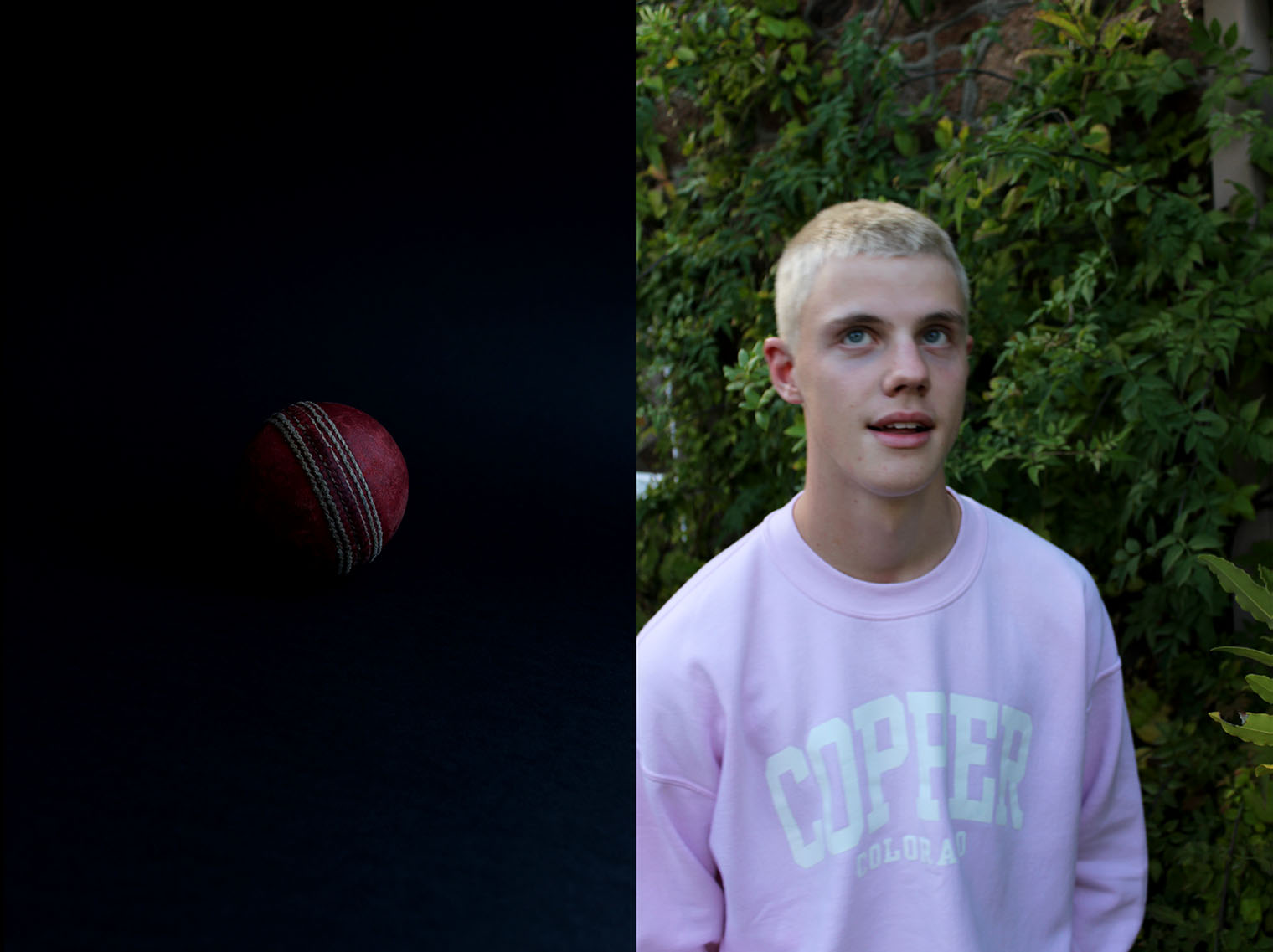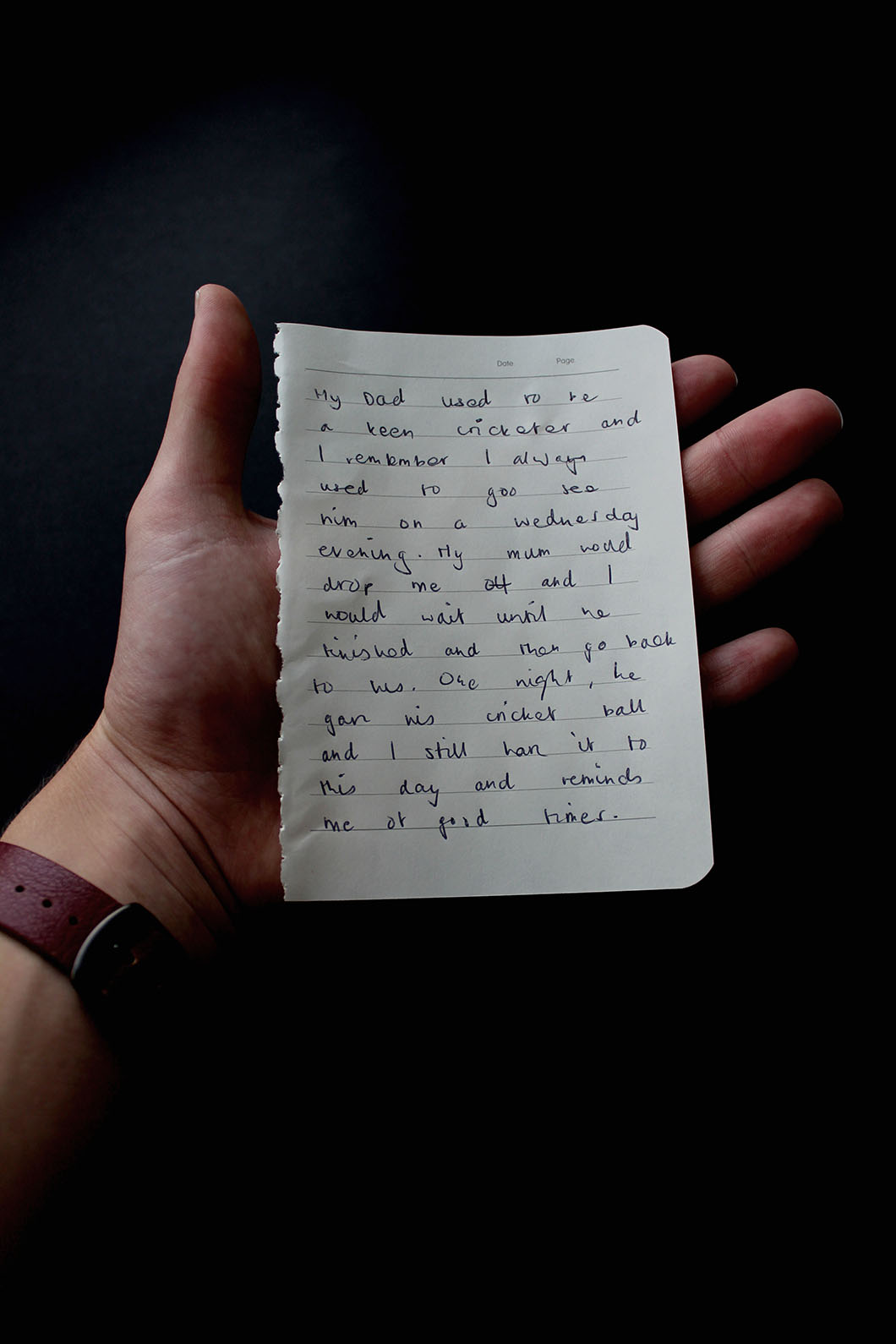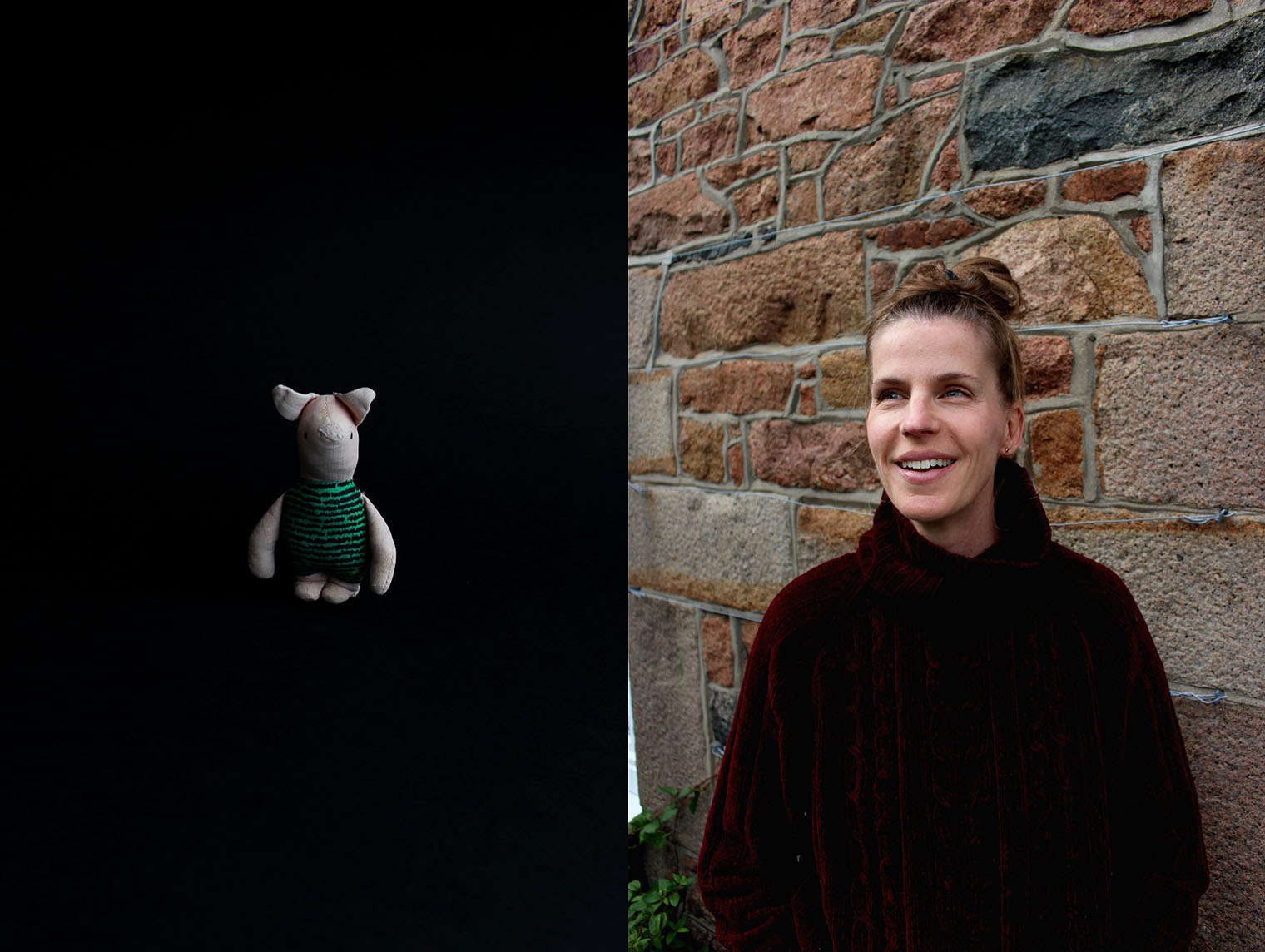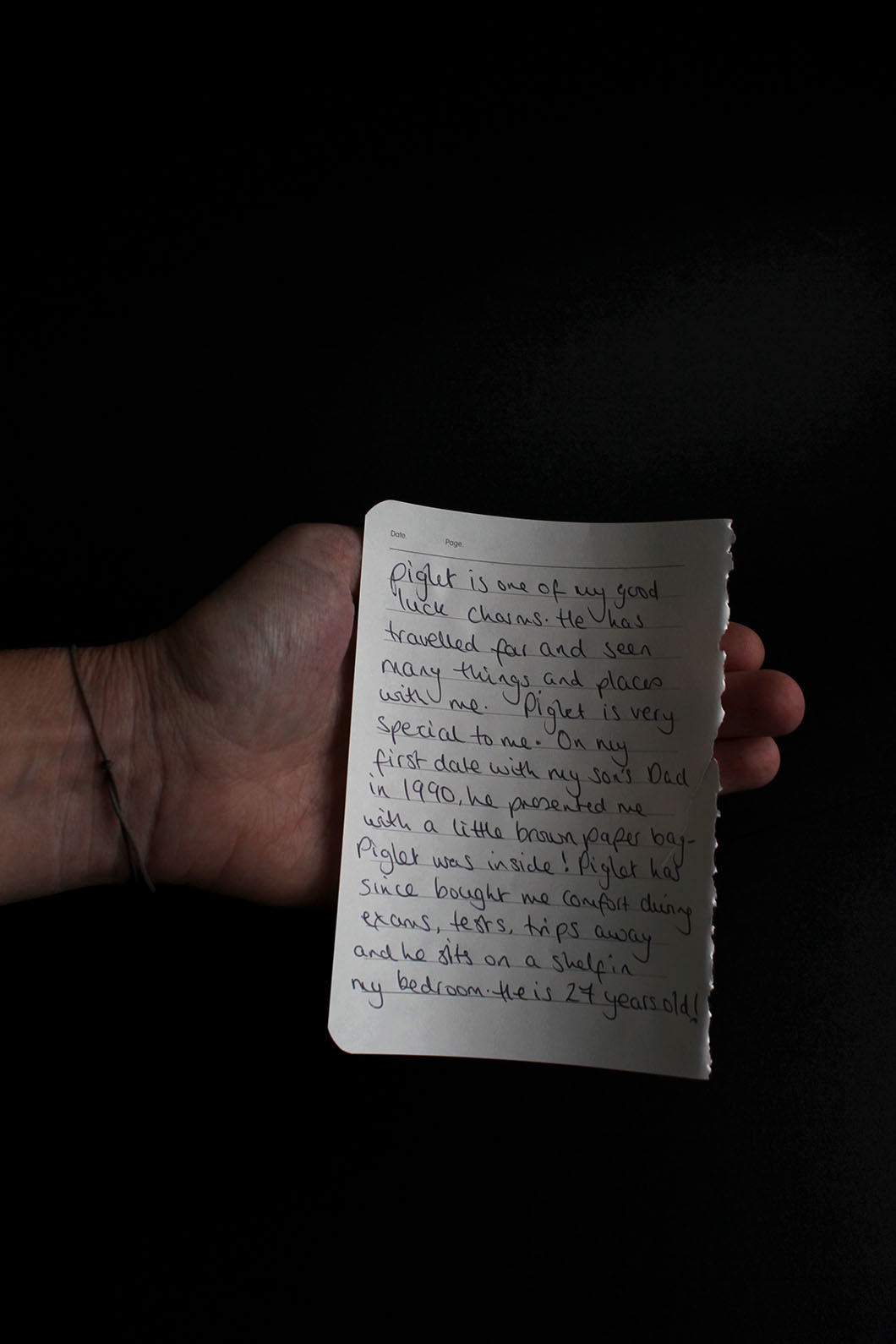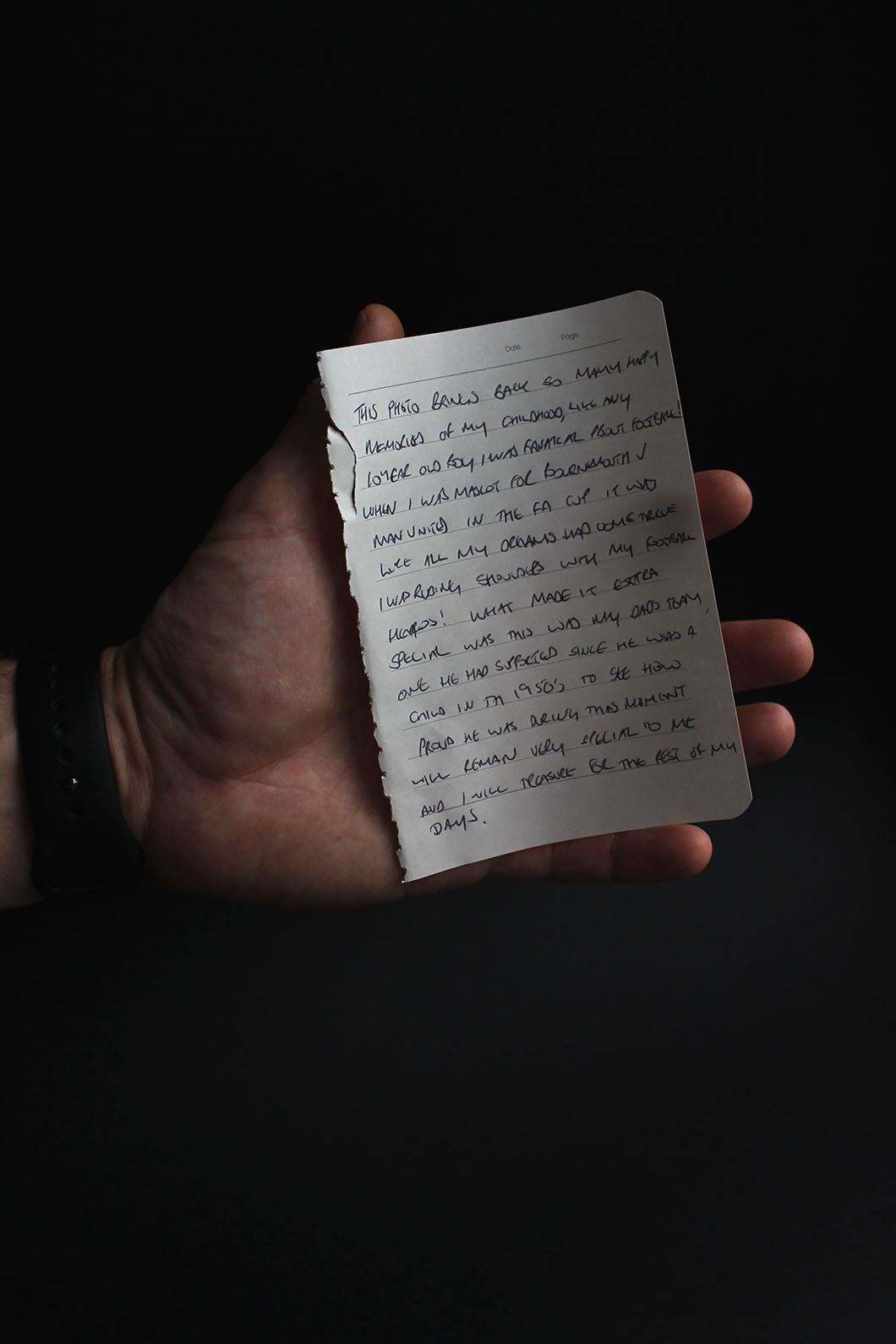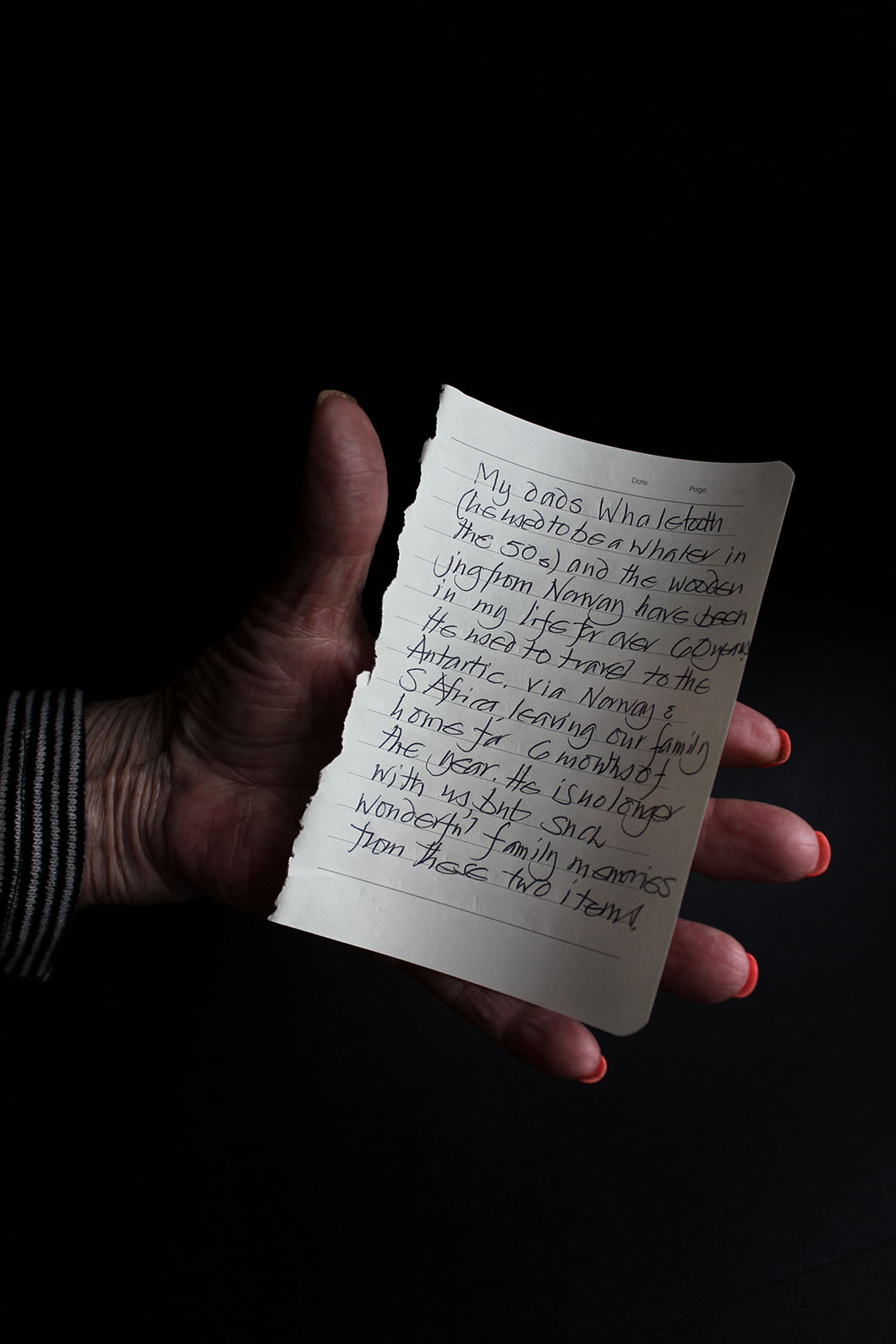Laia Abril
http://www.laiaabril.com/
Laia Abril (Barcelona, 1986) is a multi-disciplinary artist working in photography, text, video and sound. After graduating in Journalism she moved to New York to attend ICP photography courses, where she decided to focus her projects in telling intimate stories which raises uneasy and hidden realities related with sexuality, eating disorders and gender equality. Was then in 2009 when she enrolled for 5 years at FABRICA – the Artist Residency of the Benetton Research Centre in Italy; where she worked at COLORS Magazine as a creative editor and staff photographer for 5 years; where she started a book making team with Art Director Ramon Pez.
Her projects – including several platforms as installations, books, web docs, and films; have been shown internationally including the United States, Canada, UK, China, Poland, Germany, Holland, Switzerland, Turkey, Greece, France, Italy or Spain. Her work is held in private and public collections as Musée de l’Elysée, Winterthur Museum in Switzerland or MNAC in Barcelona. Over the last years her work has been highlighted getting nominated for grants and awards as Magnum Foundation, Prix Piktet, Foam Paul Huf and selected as a jury choice award at Santa Fe Center or Plat(f)orm PhotoMuseum. More recently she has been awardered with the Revelación Photo España Award, the Fotopress Grant and the Madame Figaro – Rencontres Arles award for her exhibition A History of Misogyny, chapter one: On Abortion.
She self-published Thinspiration in 2012, Tediousphilia (Musée de l’Elysée, 2014) and The Epilogue (Dewi Lewis, 2014), which was highly acclaimed and shortlisted for the ParisPhoto-Aperture First Book Award, Kassel PhotoBook Festival and Photo España Best Book Award and appointed by critic Jorg Cölberg like “A masterpiece of a photobook“. Her new book-project Lobismuller(RM, 2016) — holder of the Images Book Award, on the reconstruction of the story of the most enigmatic and bloodthirsty serial killer of the Spanish history, was presented in Paris Photo 2016.
After working for 5 years on her long-term project On Eating Disorders, Abril started her new project A History of Misogyny – which first chapter On Abortion will be published by Dewi Lewis on 2017; and she is currently developing her second chapter On Hysteria.
Here is some images of her book ‘The Epilogue’

video link –
Image Analysis
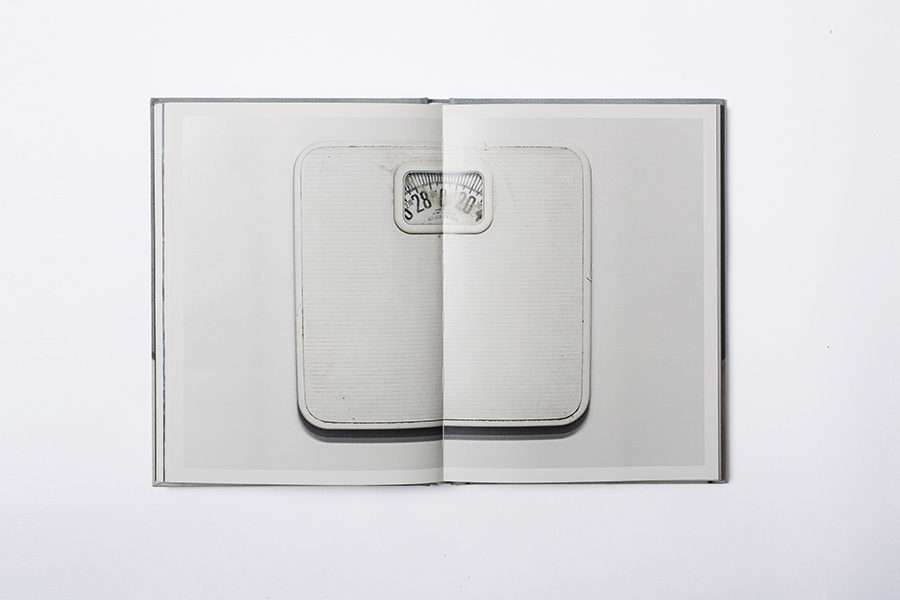
Laia Abril’s book, The Epilogue, gives a voice to the suffering members of her family after losing her 26 year old daughter, Cammy. Through this set of memories, pieces of text, diary entries and objects the Robinson family reconstruct the memory of Cammy, after losing her to Bulimia, a serious eating disorder. Although Abril produces the book in memory of Cammy, it has a deeper meaning of showing the struggle many young people have when dealing with being bulimic and the daily struggles they go through. The book also shows the impact of this illness on the family members which it hugely impacts especially when it comes to such a devastating end, showing the grieves of the family members wishing they new so that she could of done more to help Cammy.
Throughout the book sections of text are included next to portraits of family members, friends and loved ones that knew Cammy and spent time with her through her illness. You can sense the frustration of people that were close to her and how they wish they could have done things differently. The inclusion of text gives more depth to the photograph and provides explanations of life events and some of the symptoms of effects this deadly illness has, spreading awareness to readers. I also think that text was included to provide closure to the families, the words they speak which are illustrated in the book is a way of them saying their final goodbyes to a loved one.
I chose the above image to analyse as i felt it was a simplistic image but alongside the context of Cammys story, it is a very hard hitting image which has a huge impact on the audience. The image is of scales which plays a significant part of the victims life as a key part of the illness bulimia is weighting yourself to check on your weight to make sure that you aren’t putting on weight. For Cammy as her illness was so serious she probable weighed herself at least twice a day. I found that this image was emotionally very powerful and stood out to me because it represents her daily routine and a key symptom of the illness, it is also the actual scales that she used which is even more powerful because this object has a memory to the family. The image begins to make you really think about what Cammy went through and the family. Although the image seems to be simple as it is on a white background and placed in the center of the image, the angles have been considered as the shot is looking down onto the scales and therefore the audience feels like they are looking down at the scales which is the view Cammy would have been looking at a lot, having a big emotional impact of the audience.
Rita Puig-Serra Costa

http://www.30y3.com/rita-puig-serra-costa-where-mimosa-bloom-en/
Rita Puig-Serra Costa is a photographer living and working in Barcelona. Costa is an editor for Perdiz Magazine and whilst working for this publisher she combines her commercial assignments with personal projects which she does in her own time to produce her own works. For example her first book, ‘published in 2014, ‘Where Mimosa Bloom’ is a photographic memory series to show her honour and respect for her mother. Costa is currently working with Salvi Danés and David Bestué on a new project.
“Where Mimosa Bloom traces a walk across the memory. It tries to remember a mother who is no longer here through objects, persons, and moments, which take us directly to her person. That’s an homage of Rita to her mother Yolanda. An attempt to assemble in a book her familiar universe.”
Where Mimosa Bloom, was a project very close to Costas heart and shows key links to family as it is a book in memory of who her mother was, using old memories, photographs and objects which had significance to her mother and family. Through her book she creates a meaningful story of who she is and childhood memories. This links to our family assignment as she really looks into personal archives to find out about her mother and then document it to create a photographic narrative of her mothers existence.











